The Hidden Epidemic: Trafficking
Growing up as a young woman can be nerve racking. First periods, relationships, breakups, and trying to fit into a society that has seemingly been taken over by social media definitely isn’t easy. However- these are only a couple daily problems young woman face. The average age of young women sold into trafficking is between twelve and fourteen years old, according to the Child Liberation Foundation, and “a child is sold for sex approximately twenty to thirty times a day.”
In 2018, a case study reported that over 51.6% of human trafficking in the United States was involving only children. It’s estimated that over 4 billion children are forced into this work in the world and over 100,000 in the United States per year.
Data collected from the Child Liberation Foundation states, “The estimates of how many people are in human trafficking are unclear. They project the number is between 20 and 40 million people. This is due to the fact that tracking these illegal practices is very difficult. In addition less than a half a percent of cases get reported or identified.”
The National Human Trafficking Hotline has reported its 2019 contact history. The hotline has received 7,491 high indicators, 14,916 moderate indicators, 10,490 calls from victims and survivors, and 11,500 human trafficking cases reported. The statistics on cases reported is a 49.7% increase since 2015.
With statistics like these, worry for young women everywhere is on the rise. And for seventeen-year-old high school senior Sabrina Bartolotta, it seems as if nowhere is safe.
“It seems like sex trafficking is just something almost normal,” she said “every day after work, I make sure to get walked to my car and I always lock my car the second I get in. I take precaution because my work has had previous sex trafficking distraction tactics done, like putting a sticky note on car windows.”
No young woman should not have to worry this much when leaving their work. But, because trafficking rates have skyrocketed, Bartolotta doesn’t even feel safe walking out alone in a lit parking lot.
There is no exact description of who traffickers are searching for. Traffickers look out for anyone regardless of race, disability, religion, age, gender, sexual orientation, or gender identity. This puts everyone at risk for human trafficking. Traffickers ted to choose areas with many exits and motels to avoid getting caught. Malls and busy tourist attractions are also hotspots.
“Even today my mom won’t let me go to the mall alone.” Bartolotta said. “Especially since Great Lakes Crossing has been known to be a human trafficking hotspot.”
Human traffickers use many tactics for obtaining young women. Social media is one of the most popular among attracting young women. Traffickers pose as young men or celebrities and use direct messaging as bait. They will plan meet ups at local parks or malls and that’s when the traffickers take the girls.
While young women are at higher risk for sex trafficking then men, that doesn’t mean men shouldn’t worry. Seventeen-year-old Marlon Monreal has experienced feeling unsafe and worried about sex trafficking in public.
“Growing up, I wasn’t ever taught about sex trafficking or what to be worried about.” He said. “My mom would let me go places alone or with friends without many warnings. However, one day while I was driving home from my friend’s house, I noticed a car following me and I felt very unsafe.”
According to the Child Liberation Foundation, “…girls and women make up 55% of human trafficking, that indicates the other 45% are boys and men. This means that prevention is just as important for your sons as it is your daughters. All children should be supervised at all times to ensure they are safe and child trafficking is prevented.”
Parents should be educating their children regardless of gender on human trafficking. Over 1.2 million children are trafficked a year. With parents help, educating children can help lower those statistics.
http://acelebrationofwomen.org/2014/01/human-trafficking-awareness-jan-2014/
This figure shows statistics of human trafficking in Asia, India, Europe, Bangladesh, Malaysia, etc. This is a world problem, and it is only getting larger. For people everywhere, sex trafficking is happing where you live.
Raising awareness is one of the main ways to fight child trafficking. Donations can be made to the Child Liberation Foundation, and they will use the money to “employ people to find, free, rehabilitate, and reunite these children with loving families.”
Young women should not have to be worried everywhere they go afraid of being trafficked.
“You never know when they’re going to take the next victim.” Bartolotta said
Your donation will support the student journalists of Dakota High School. Your contribution will allow us to purchase equipment and cover our annual website hosting costs.

Mya is a senior who is a published reporter through Boston. She loves to do ballet at her company and paint in her free time. Her vision for this paper...

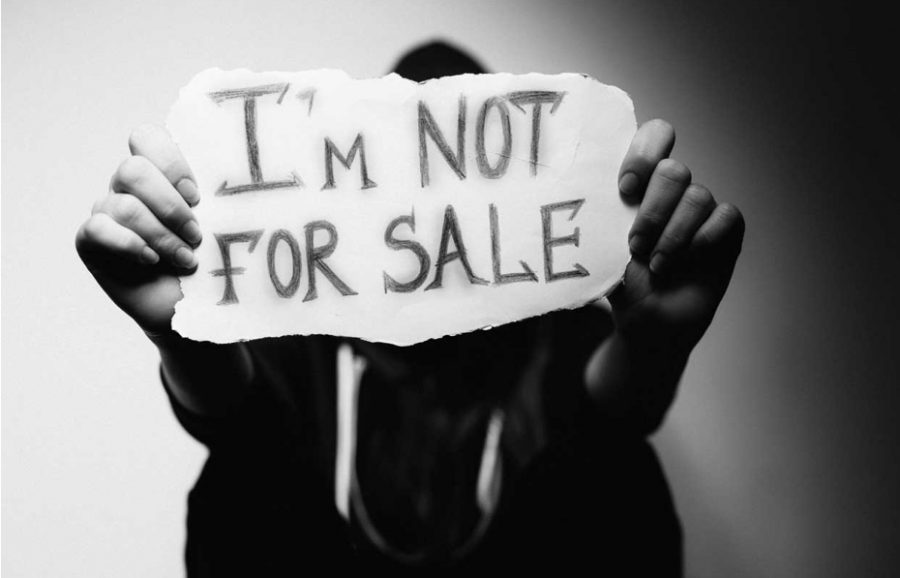
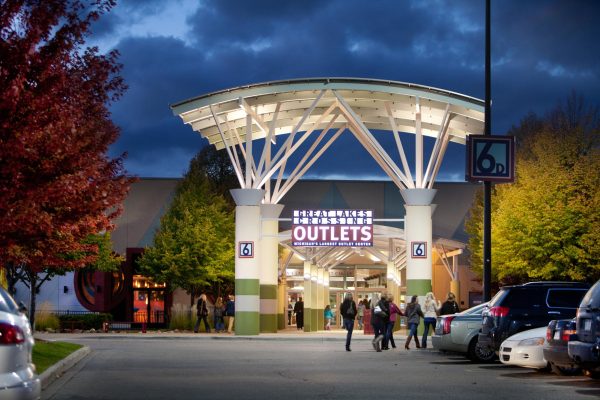
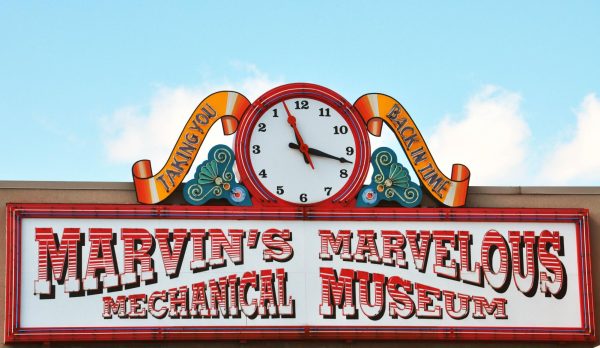

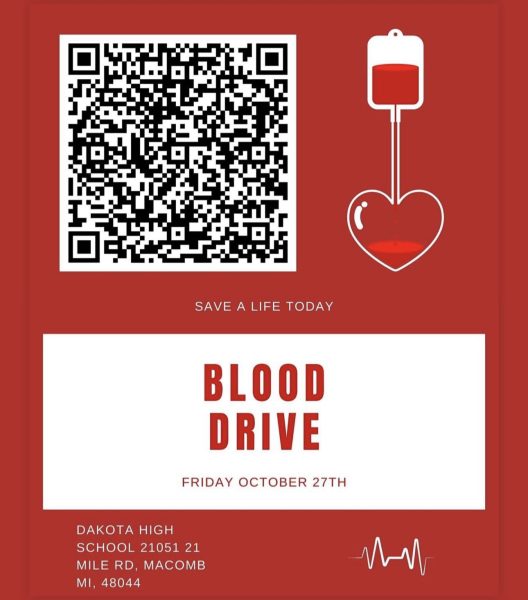

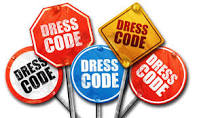
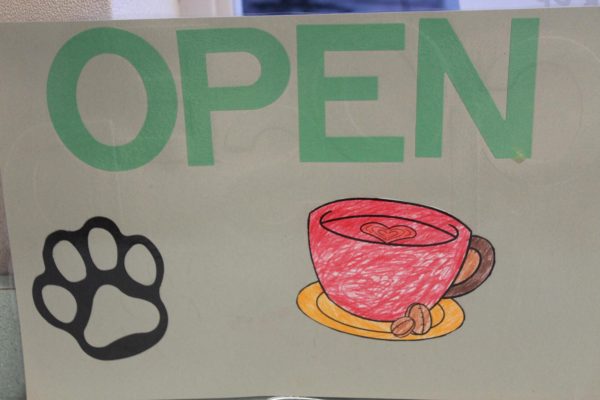
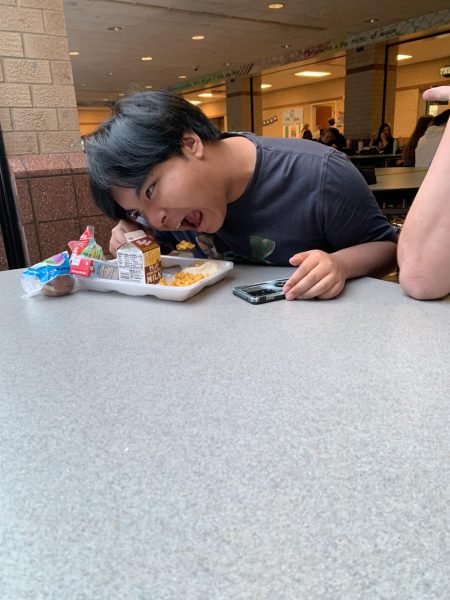
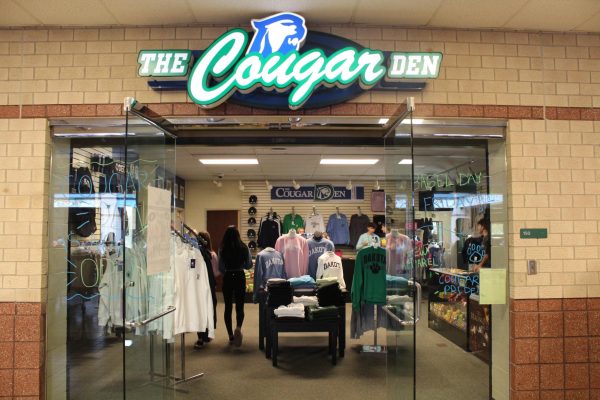

Josh Voss • Nov 1, 2021 at 1:57 pm
A global issue that doesn’t get nearly enough attention as it should